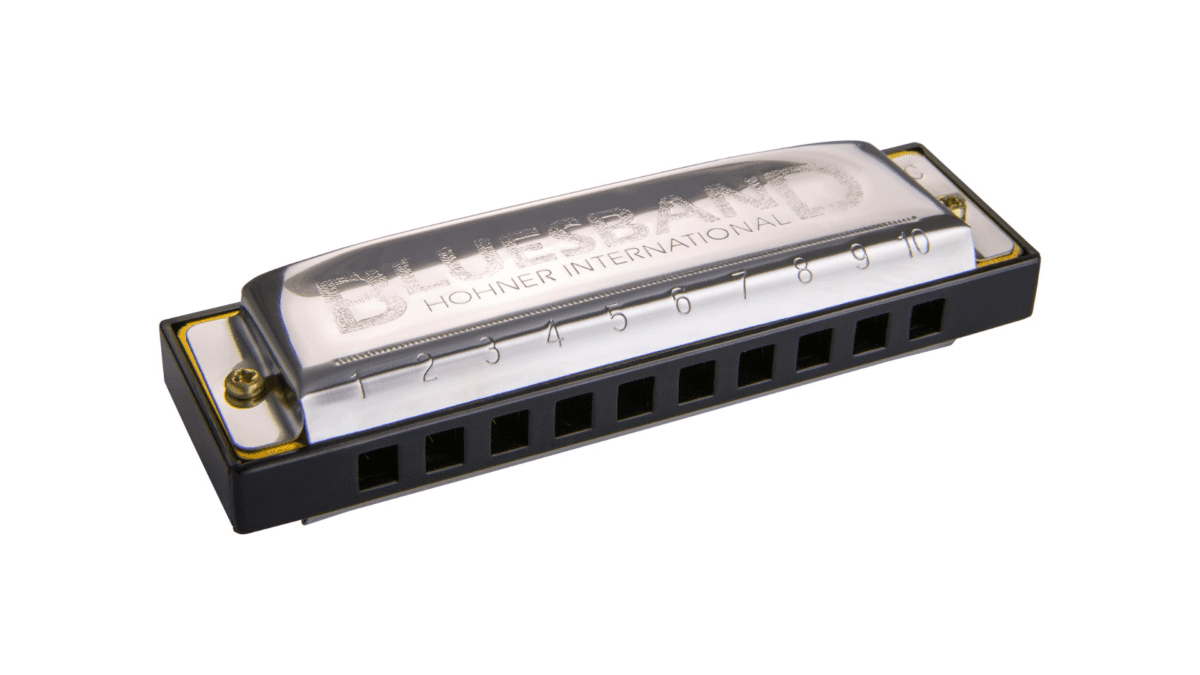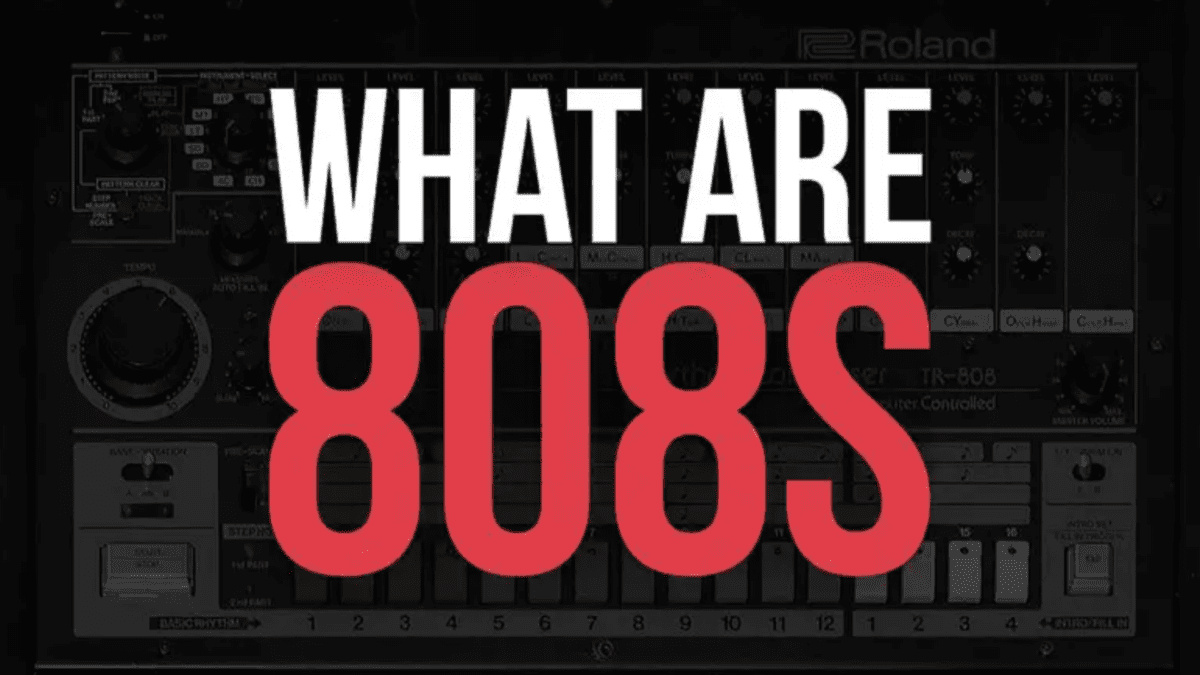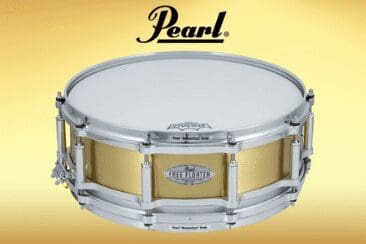In the ever-evolving world of music production, the drum rack has emerged as an indispensable tool for musicians and producers alike. This versatile and dynamic device has revolutionized the way drum sounds are created, organized, and manipulated. In this article, we will delve into what a drum rack is, its history, uses, and styles, and why musicians should consider incorporating it into their creative process.
What is a Drum Rack?
A drum rack is a digital or physical device designed to house and trigger multiple drum and percussion sounds in a single interface. It allows musicians to organize, sequence, and play drum samples or synthesized drum sounds with ease. In the digital realm, it’s often a feature found in music production software like Ableton Live, Logic Pro, or FL Studio. In the physical world, it can be a piece of hardware used in live performances.
History of Drum Racks
The concept of the tool has its roots in the rise of electronic music and the need for more efficient ways to produce and perform drum sounds. In the early days of electronic music, drum sounds were created using analog drum machines, which had limited sound options and often required manual adjustment of knobs and switches.
The advent of digital technology in the 1980s paved the way for the development of more advanced drum machines and samplers. These machines allowed users to store and trigger multiple drum sounds, but they were often cumbersome to use in a live setting.
The breakthrough came in the late 1990s when software-based drum rack systems were introduced. Programs like Propellerhead’s ReBirth and Native Instruments’ Battery provided a user-friendly interface for organizing and triggering drum sounds. These innovations laid the foundation for modern drum racks.
Uses and Styles of Drum Racks
Drum Sound Organization: One of the primary uses of a drum rack is to streamline the organization of drum sounds. Musicians can group together different drum elements, such as kicks, snares, hi-hats, and percussion, making it easier to create complex rhythms.
Drum Sequencing: They are essential for sequencing drum patterns. Musicians can arrange patterns on a grid, with each cell representing a different sound, allowing for precise control over the rhythm and groove of a track.
Sound Manipulation: It can offer a wide range of sound manipulation tools, from effects processing to pitch modulation. This enables musicians to sculpt and customize their drum sounds to fit the character of their music.
Live Performances: In a live performance context, physical drum racks are used to trigger drum sounds on stage. Musicians can trigger samples, loops, and effects in real-time, adding an element of spontaneity and improvisation to their shows.
Hybrid Drumming: Some drummers incorporate electronic drum pads and triggers into their acoustic drum kits, creating a hybrid setup. Drum racks are essential in such setups, allowing drummers to blend acoustic and electronic sounds seamlessly.
Where to buy
Pearl DR-511 Straight Drum Rack £339.00

Gibraltar GSC302C Chrome Basic Rack £423.99
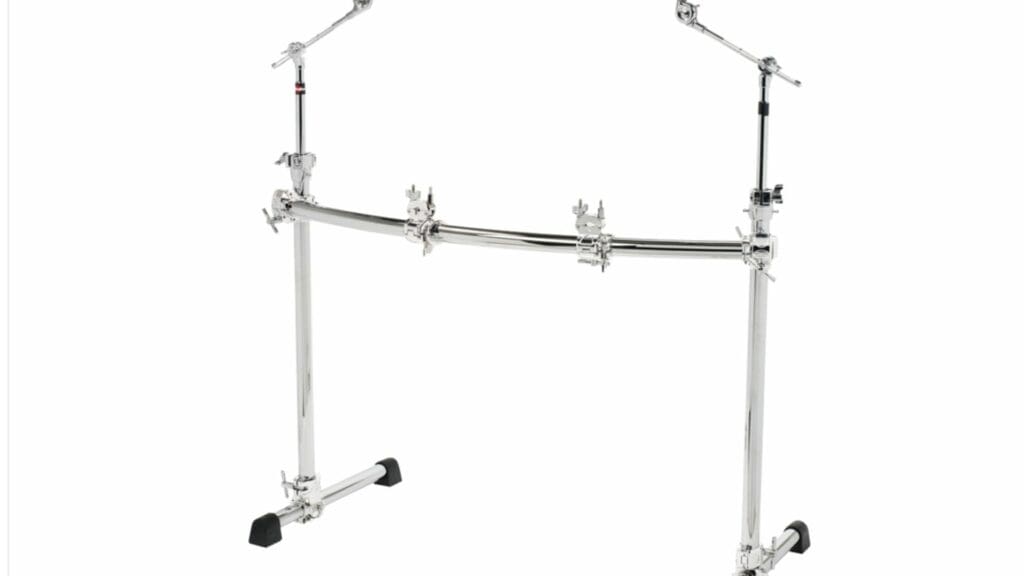
Gibraltar Drumrack GCS-450C, 3-Side Rack £479.00
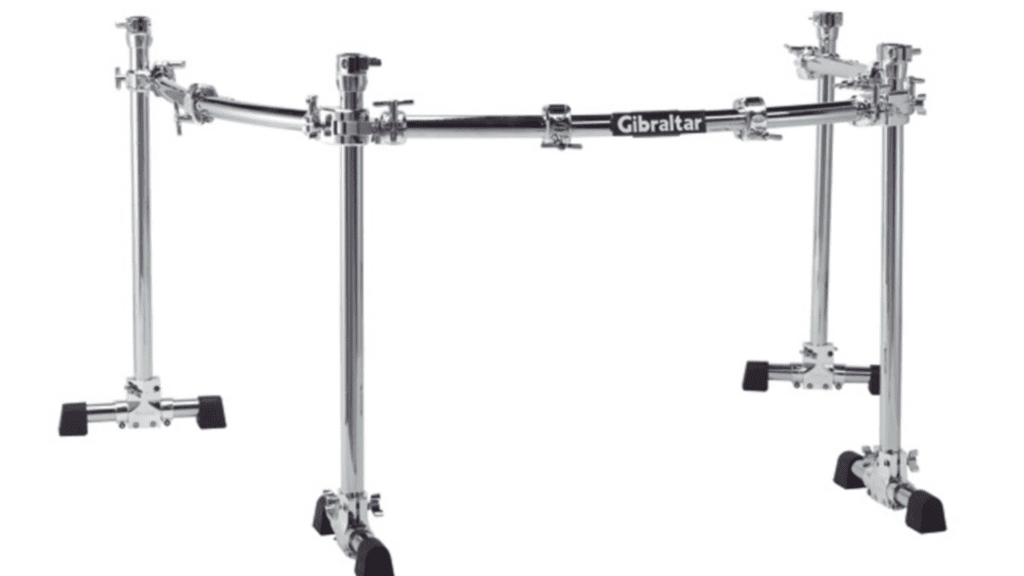
Why Musicians Should Use It
1. Efficiency: They streamline the drum sound creation process, allowing musicians to work more efficiently. This is especially valuable for producers and electronic musicians who need to craft complex beats quickly.
2. Creativity: It can open up a world of creative possibilities. Musicians can experiment with different sounds, layering, and effects to create unique drum textures that enhance their music.
3. Live Performance: For artists who perform live, drum racks are an invaluable tool. They enable musicians to trigger drum sounds, loops, and samples in real time, enhancing the live experience and expanding their sonic palette.
4. Flexibility: Drum racks are highly versatile, accommodating a wide range of musical styles. Whether you’re producing techno, hip-hop, rock, or experimental music, a drum rack can adapt to your needs.
5. Integration: Drum racks seamlessly integrate with modern music production software, making them accessible to musicians of all skill levels. This integration ensures that you can harness the full potential of your drum sounds in your DAW.
Closing Thoughts
In conclusion, the drum rack has become a fundamental component of contemporary music production and live performance. The journey from old-school drum machines to today’s digital software has totally flipped the script on how we make and tweak drum sounds. If you’re a music producer hunting for the ideal beat or a performer wanting to amp up your gigs, don’t sleep on the drum rack. Its convenience, creative potential, and flexibility make it a must-have for any 21st-century musician. So, why not give a drum rack a shot? It could be the game changer you’ve been missing in your music-making adventure.






